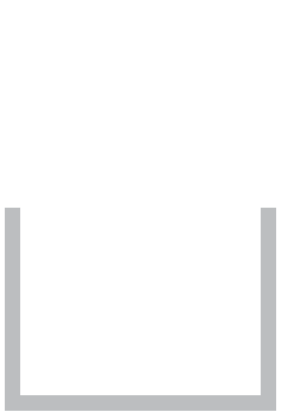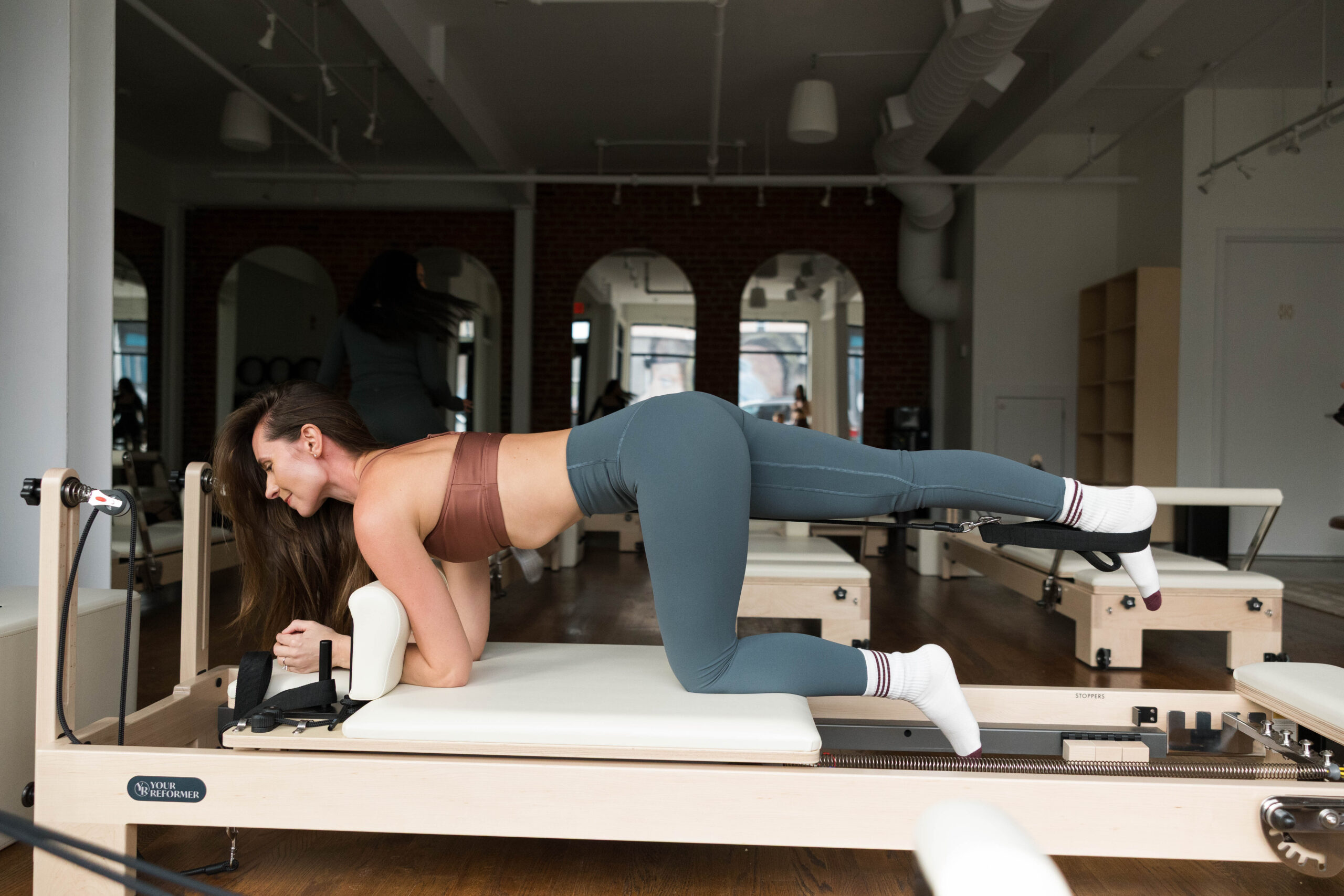More than just an exercise routine, Pilates is a powerful movement practice designed to build strength, enhance flexibility, and improve overall body awareness. It focuses on controlled, precise movements that engage deep stabilizing muscles, making it an excellent choice for anyone looking to refine posture, prevent injuries, or develop a balanced, resilient body. On the other hand, Yoga combines breath, movement, and mindfulness, offering a holistic approach to physical and mental well-being. While both are low-impact and highly effective, they serve different fitness goals. So, which one is right for you? Let’s break it down.
When it comes to low-impact workouts that improve strength, flexibility, and mindfulness, Pilates and Yoga are two of the most popular options. While both offer incredible benefits, they cater to different fitness goals. So, which one is best for you? In this guide, we’ll compare Pilates vs. Yoga to help you choose the right practice for your needs.
Understanding Pilates and Yoga
What is Pilates?
Pilates is a full-body workout that focuses on core strength, flexibility, and controlled movements. It was developed by Joseph Pilates in the early 20th century and is often performed on a mat or specialized equipment like the Reformer. Pilates movements target deep stabilizing muscles, helping to improve posture, muscle tone, and overall body strength.
What is Yoga?
Yoga is an ancient practice that combines physical postures (asanas), breathing techniques (pranayama), and meditation. There are different styles of yoga, such as Hatha, Vinyasa, Ashtanga, and Yin, each offering unique benefits. Yoga enhances flexibility, mental clarity, and overall well-being, making it a holistic approach to fitness.
Pilates vs. Yoga: The Key Differences
| Feature | Pilates | Yoga |
|---|---|---|
| Focus | Core strength, controlled movements, muscle toning | Flexibility, balance, relaxation, and mindfulness |
| Breathing | Controlled breathing with movements | Deep, mindful breathing (pranayama) |
| Equipment | Uses mats, Reformers, resistance bands, and other props | Usually performed on a mat with minimal equipment |
| Workout Type | Repetitive, low-impact strength training | Flowing sequences, stretching, and static poses |
| Mental Benefits | Improves focus and body awareness | Reduces stress, enhances relaxation, and promotes mindfulness |
| Flexibility | Improves flexibility but focuses more on muscle tone | Significantly increases flexibility and range of motion |
| Cardio Intensity | Moderate (depends on the type of Pilates) | Low to moderate (varies by yoga style) |
Benefits of Pilates vs. Yoga
Benefits of Pilates
- Builds core strength and stability
- Improves posture and body alignment
- Enhances muscle tone without adding bulk
- Helps with injury prevention and rehabilitation
- Provides a structured, full-body workout
Benefits of Yoga
- Increases flexibility and balance
- Reduces stress and anxiety through mindfulness
- Enhances mental clarity and relaxation
- Improves breath control and lung capacity
- Strengthens muscles using body weight
Which is Best for Your Fitness Goals?
- If you want to build core strength and muscle tone → Choose Pilates.
- If you need relaxation, flexibility, and stress relief → Choose Yoga.
- If you are recovering from an injury or want a low-impact strength workout → Choose Pilates.
- If you want to enhance your mental well-being and practice mindfulness → Choose Yoga.
- If you’re looking for an overall fitness and wellness routine → Combine both!
Both Pilates and Yoga offer amazing benefits, and the best choice depends on your personal fitness goals. Whether you want to build strength, improve flexibility, or reduce stress, incorporating either (or both!) into your routine can be highly beneficial.
👉 Ready to start your fitness journey? Book a class with us today and take the first step toward a stronger, healthier you!


